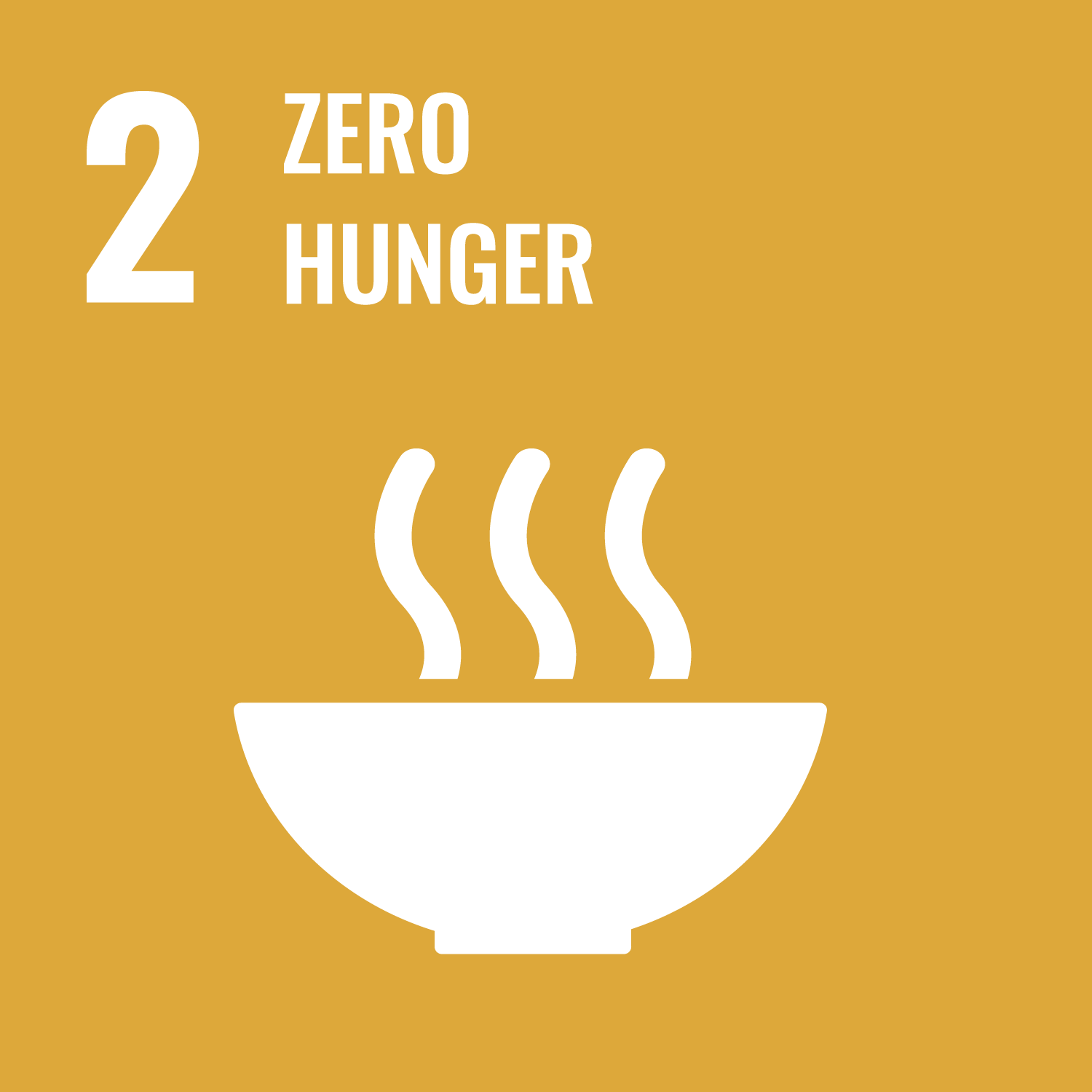Tan, P.Y., Som, S.V., Nguyen, S.D. orcid.org/0000-0002-6122-0977 et al. (11 more authors) (2024) The role of complementary feeding practices in addressing the double burden of malnutrition among children aged 6–23 months: Insight from the Vietnamese General Nutrition Survey 2020. Nutrients, 16 (19). 3240. ISSN 2072-6643
Abstract
Background/Objectives: Optimal infant and young child feeding (IYCF) practices are crucial to addressing the double burden of malnutrition (DBM), encompassing undernutrition (including micronutrient deficiencies) and overnutrition. This study examined the demographic and socioeconomic determinants of IYCF practices, and their impacts on the DBM among 2039 Vietnamese children aged 6–23 months from the General Nutrition Survey 2020. Methods: Thirteen IYCF indicators recommended by the WHO/UNICEF were evaluated. Associations between IYCF indicators and outcome variables were assessed using logistic regressions. Results: The prevalence of stunting, underweight, and overweight subjects was 10.9%, 5.6%, and 3.1%, respectively. Low serum zinc affected 56.7% of children, while 14.3% had low serum retinol, 31.2% had anemia, and 34.6% had iron deficiency (ID). Only 36.7% of children achieved minimum dietary diversity (MDD), and 29.0% achieved the minimum acceptable diet (MAD). Children from the younger age group (6–11 months), ethnic minorities, those living in rural/mountainous regions, and poorer wealth quintiles had reduced odds of meeting IYCF criteria, including MDD and MAD. Infants meeting MDD had reduced odds of stunting [adjusted odds ratio (95% confidence intervals): 0.61 (0.41, 0.92)], and ID [0.69 (0.54, 0.88)]. Children meeting MAD had reduced odds of anemia [0.72 (0.57, 0.91)], ID [0.66 (0.52, 0.84)], and low serum retinol [0.63 (0.41, 0.99)]. Continued breastfeeding (12–23 months) reduced the odds of being underweight [0.50 (0.27, 0.92)] and of having low serum zinc [0.70 (0.52, 0.96)]. Adequate minimum milk feeding frequency had increased odds of being overweight [3.33 (1.01, 11.09)]. Conclusions: Suboptimal IYCF practices were significant predictors of the DBM among Vietnamese children, with evident age-specific, geographical, and socioeconomic disparities.
Metadata
| Item Type: | Article |
|---|---|
| Authors/Creators: |
|
| Copyright, Publisher and Additional Information: | © 2024 by the authors. Licensee MDPI, Basel, Switzerland. This article is an open access article distributed under the terms and conditions of the Creative Commons Attribution (CC BY) license (https://creativecommons.org/licenses/by/4.0/). |
| Keywords: | complementary feeding practices; minimum dietary diversity; minimum acceptable diet; dietary quality; malnutrition; micronutrient deficiencies; infants; Vietnamese |
| Dates: |
|
| Institution: | The University of Sheffield |
| Academic Units: | The University of Sheffield > Faculty of Medicine, Dentistry and Health (Sheffield) > School of Medicine and Population Health The University of Sheffield > Faculty of Science (Sheffield) > Department of Psychology (Sheffield) |
| Funding Information: | Funder Grant number BIOTECHNOLOGY AND BIOLOGICAL SCIENCES RESEARCH COUNCIL BB/T008989/1 |
| Depositing User: | Symplectic Sheffield |
| Date Deposited: | 14 Oct 2024 15:26 |
| Last Modified: | 14 Oct 2024 15:26 |
| Status: | Published |
| Publisher: | MDPI AG |
| Refereed: | Yes |
| Identification Number: | 10.3390/nu16193240 |
| Sustainable Development Goals: | |
| Open Archives Initiative ID (OAI ID): | oai:eprints.whiterose.ac.uk:218230 |


 CORE (COnnecting REpositories)
CORE (COnnecting REpositories) CORE (COnnecting REpositories)
CORE (COnnecting REpositories)